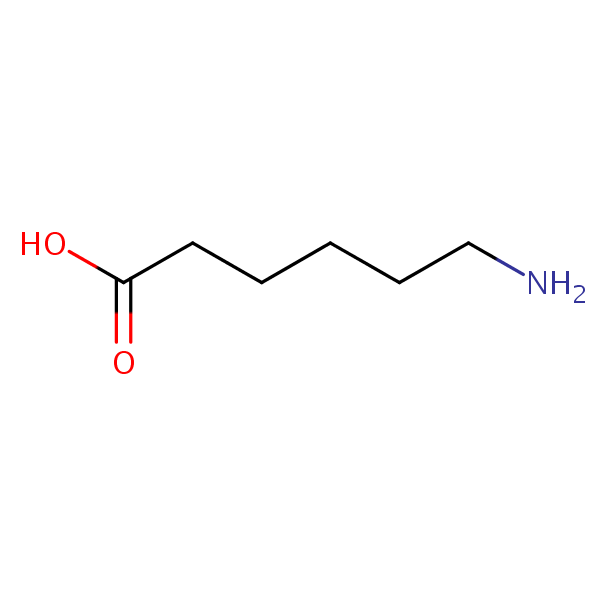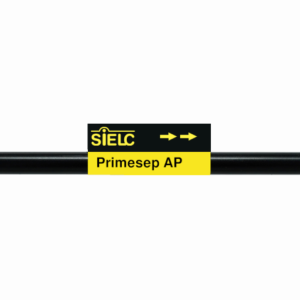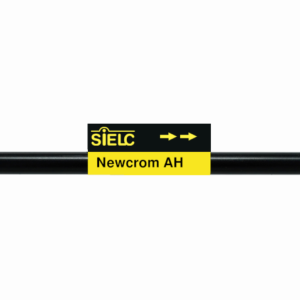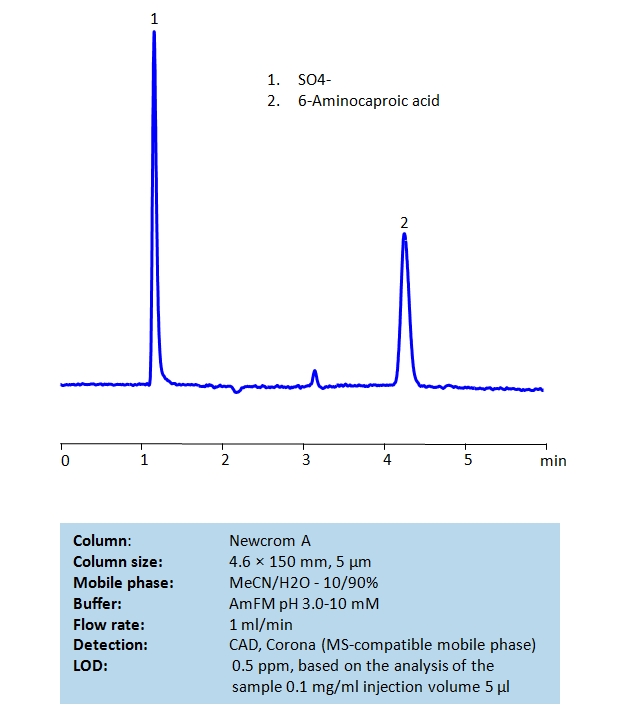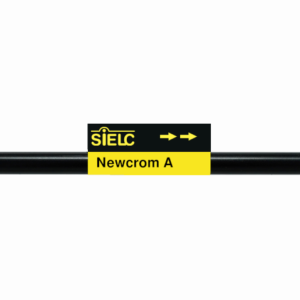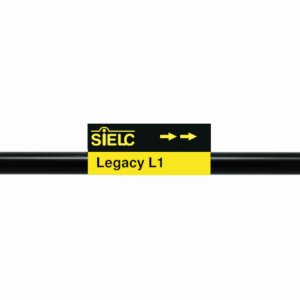| CAS Number | 60-32-2 |
|---|---|
| Molecular Formula | C6H13NO2 |
| Molecular Weight | 131.176 |
| InChI Key | SLXKOJJOQWFEFD-UHFFFAOYSA-N |
| LogP | -2.95 |
| Synonyms |
|
Applications:
UV-Vis Spectrum of 6-Aminocaproic acid
August 8, 2024
For optimal results in HPLC analysis, it is recommended to measure absorbance at a wavelength that matches the absorption maximum of the compound(s) being analyzed. The UV spectrum shown can assist in selecting an appropriate wavelength for your analysis. Please note that certain mobile phases and buffers may block wavelengths below 230 nm, rendering absorbance measurement at these wavelengths ineffective. If detection below 230 nm is required, it is recommended to use acetonitrile and water as low UV-transparent mobile phases, with phosphoric acid and its salts, sulfuric acid, and TFA as buffers.
For some compounds, the UV-Vis Spectrum is affected by the pH of the mobile phase. The spectra presented here are measured with an acidic mobile phase that has a pH of 3 or lower.

HPLC Method for Analysis of 6-Aminocaproic Acid in a High Salt Content Matrix on Primesep A Column
August 8, 2024
High Performance Liquid Chromatography (HPLC) Method for Analysis of 6-Aminocaproic acid on Primesep AP by SIELC Technologies
Separation type: Liquid Chromatography Mixed-mode SIELC Technologies
High Performance Liquid Chromatography (HPLC) Method for Analysis of 6-Aminocaproic acid
6-Aminocaproic acid (6ACA) is a synthetic amino acid that is primarily used as a medication.
6-Aminocaproic acid can be retained, separated and analyzed using a Primesep A mixed-mode stationary phase column. The analysis employs an isocratic method with a simple mobile phase comprising water, acetonitrile (MeCN), and perchloric acid as a buffer. This method allows for detection using UV 200 nm.
You can find detailed UV spectra of 6-Aminocaproic acid and information about its various lambda maxima by visiting the following link.
| Column | Primesep AP, 4.6 x 250 mm, 5 µm, 100 A |
| Mobile Phase | MeCN – 20% |
| Buffer | HClO4 -0.2% |
| Flow Rate | 1.0 ml/min |
| Detection | UV 200 nm |
| Samples | 1.0 mg/ml in H2O – 100% |
| Injection volume | 10 µl |
| LOD* | 20 ppm (200 nm) |
| Class of Compounds | Acid |
| Analyzing Compounds | 6-Aminocaproic acid |
Application Column
Primesep AP
Column Diameter: 4.6 mm
Column Length: 250 mm
Particle Size: 5 µm
Pore Size: 100 A

HPLC Determination of 6-Aminocaproic Acid With Low UV Detection
May 22, 2020

6-aminocaproic Acid, brand name Amicar, is a clotting agent used to control excessive bleeding in patients during or after surgery by acting as an inhibitor to fibrinolysis. It can be retained using HPLC on Newcrom AH mixed-mode column using isocratic analysis with mobile phase consisting of acetonitrile and water (ACN/H2O) with sulfuric acid (H2SO4) as buffer and detected at low UV of 200 nm.
| Column | Newcrom АH, 4.6×150 mm, 5 µm, 100A |
| Mobile Phase | MeCN/H2O – 50/50% |
| Buffer | H2SO4 – 0.1% |
| Flow Rate | 1.0 ml/min |
| Detection | UV 200 nm |
| Class of Compounds | Acid |
| Analyzing Compounds | 6-Aminocaproic Аcid |
Application Column
Newcrom AH
The Newcrom columns are a family of reverse-phase-based columns. Newcrom A, AH, B, and BH are all mixed-mode columns with either positive or negative ion-pairing groups attached to either short (25 Å) or long (100 Å) ligand chains. Newcrom R1 is a special reverse-phase column with low silanol activity.
Select options
HPLC Determination of 6-aminocaproic Acid on Newcrom A Column
May 21, 2020
HPLC Method for Analysis of 6-Aminocaproic acid on Newcrom A by SIELC Technologies
6-Aminocaproic acid, brand name Amicar, is a clotting agent used to control excessive bleeding in patients during or after surgery by acting as an inhibitor to fibrinolysis. It can be retained using HPLC and low capacity Newcrom A mixed-mode column using isocratic analysis with mobile phase consisting of acetonitrile and water (ACN/H2O) and MS-compatible ammonium formate (AmFm) buffer.
| Column | Newcrom A, 4.6 x 150 mm, 5 µm, 100 A |
| Mobile Phase | MeCN/H2O – 10/90% |
| Buffer | Ammonium Formate pH 3.0 – 10 мМ |
| Flow Rate | 1.0 ml/min |
| Detection | CAD, Corona (MS-compatible mobile phase) |
| Class of Compounds | Acid |
| Analyzing Compounds | 6-Aminocaproic acid |
Application Column
Newcrom A
Column Diameter: 4.6 mm
Column Length: 150 mm
Particle Size: 5 µm
Pore Size: 100 A

USP Methods for the Analysis of Aminocaproic Acid using the Legacy L1 Column
June 21, 2012
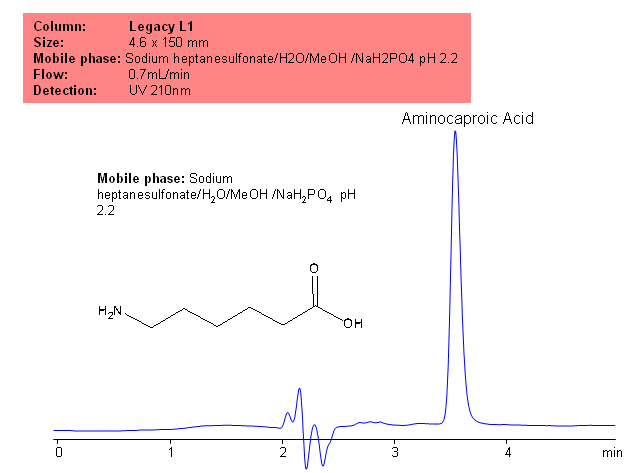
Application Notes: Aminocaproic acid is a enzymatic inhibitor. According to USP methods, aminocaproic acid conatins not less than 98.5% and not more than 101.5% of aminocaproic acid calculated on a dried basis. The USP HPLC method for the separation of aminocaproic acid was developed on Legacy L1 column according to the US Pharmacopeia methodology. L1 classification is assigned to reversed-phase HPLC column containing C18 ligand. Support for the material is spherical silica gel with particles size 3-10 um and pore size of 100-120A. Resolution between critical pairs corresponds to rules and specifications of UPS.
Application Columns: Legacy L1 C18 HPLC column
Application compounds: Aminocaproic acid
Mobile phase: Sodium heptanesulfonate/H2O/MeOH /NaH2PO4 pH 2.2
Detection technique: UV
Reference: USP35: NF30
| Column | Legacy L1, 4.6×150 mm, 5 µm, 100A |
| Mobile Phase | Sodium heptanesulfonate/H2O/MeOH /NaH2PO4 pH 2.2 |
| Flow Rate | 0.7 ml/min |
| Detection | UV, 210 nm |
| Class of Compounds |
Drug, Clotting promoter, Hydrophilic, Ionizable |
| Analyzing Compounds | Aminocaproic Acid |
Application Column
Legacy L1
SIELC's family of Legacy columns is based on the United States Pharmacopeia's (USP) published chromatographic methods and procedures. Numerous brands have columns used in USP reference standards and methods. USP has created various designations to group together columns with similar types of packing and properties in the solid phase. SIELC's Legacy columns adhere to these strict requirements and properties, allowing you to easily replace older columns that are no longer available without needing to significantly modify your method or SOPs.
Select options
